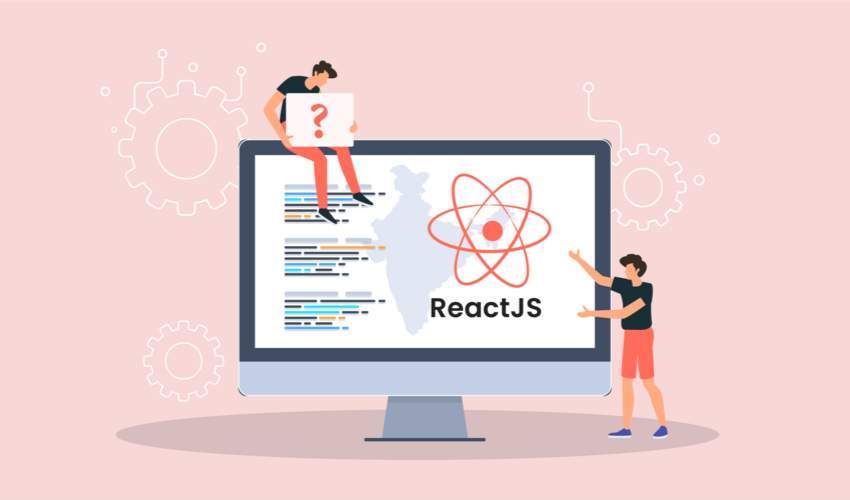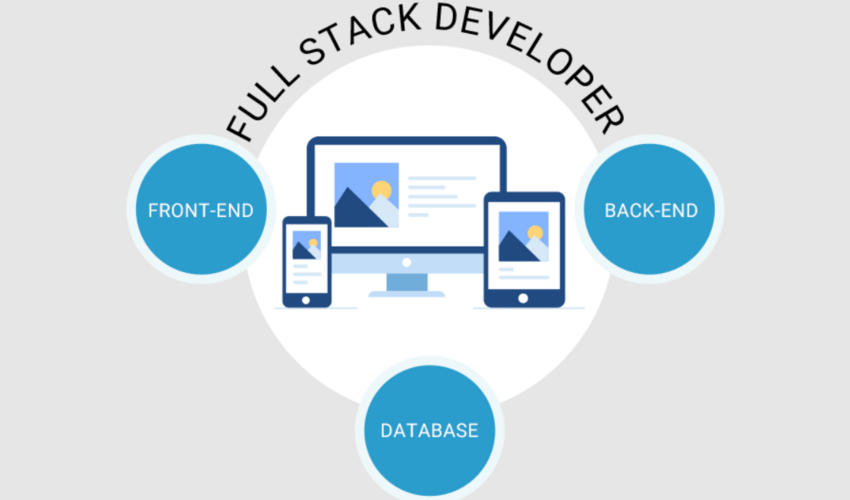How to Choose the Right Tech Stack for Mobile App Development

In the fast-paced world of mobile app development, selecting the right tech stack is a crucial decision that can influence the app’s performance, scalability, and long-term success. Whether you're a startup or an established business, the tech stack you choose will play a pivotal role in the speed of development, user experience, and future updates. This blog will guide you through the key considerations for picking the best mobile app tech stack.
What is a Tech Stack?
A tech stack refers to the combination of programming languages, frameworks, libraries, and tools used to build a mobile app. It includes both the front-end (client-side) and back-end (server-side) technologies, ensuring that the app operates smoothly across devices.
The right tech stack depends on several factors, such as the app’s complexity, user base, performance requirements, and platform (Android, iOS, or both). Let’s break down these considerations.
Key Considerations for Choosing the Right Tech Stack
1. App Requirements and Features
The complexity of your app is a major determinant of the tech stack you should choose. A simple app with limited functionality, like a calculator or a basic utility tool, might only require a basic tech stack like JavaScript or Kotlin. However, if you're building a feature-rich app that integrates real-time updates, location tracking, and third-party APIs, you might need more advanced stacks like React Native or Flutter to meet these needs efficiently.
2. Platform: Native vs Cross-Platform Development
You must first decide whether your app will be native (iOS or Android specific) or cross-platform. Here's how each choice impacts your tech stack:
-
Native Development: Apps built specifically for one platform (iOS or Android) tend to have superior performance and a more optimized user experience. For iOS apps, developers typically use Swift or Objective-C, while Android apps are developed using Java or Kotlin.
-
Cross-Platform Development: If your app needs to be available on both platforms without doubling the development effort, you can opt for cross-platform frameworks. Popular choices include React Native and Flutter, which allow you to write code once and deploy it across multiple platforms.
Choosing cross-platform development may speed up your time to market, but keep in mind that native apps often perform better for platform-specific tasks like complex animations or hardware interactions.
3. Scalability and Future Updates
When building an app, consider the long-term vision. Will the app need to scale rapidly to accommodate more users? Will new features be added over time? Choosing a tech stack that supports scalability is crucial for future-proofing your app.
Node.js is an excellent choice for backend development if scalability is a priority. It handles large amounts of data efficiently and is great for apps that rely on real-time operations, such as chat apps or live updates. For the front-end, React Native and Flutter offer great scalability, allowing developers to add new features with minimal disruption.
4. Performance Requirements
Different apps have different performance needs. Gaming apps or apps with high graphics demand the use of specific technologies optimized for speed and performance. In such cases, native development is usually the best choice due to its direct integration with the device’s operating system. On the other hand, for apps like social media platforms or e-commerce stores, React Native or Flutter can deliver good performance while maintaining cross-platform capabilities.
5. Developer Expertise and Community Support
Another important factor to consider is the expertise of your development team. If your team has extensive experience with a particular technology, it might make sense to use that stack to avoid a learning curve. Additionally, technologies with strong community support—like React Native or Flutter—have more readily available resources, tutorials, and plugins that can expedite development.
6. Security Considerations
In today’s world, ensuring your app is secure is a non-negotiable requirement. Different tech stacks come with different built-in security features. For instance, Java and Swift offer excellent security out-of-the-box for native apps. For cross-platform development, React Native offers various libraries that enhance security.
However, security is not solely about the tech stack. It’s also about how you implement features like data encryption, secure API communications, and user authentication. Ensure that your chosen tech stack can support these security measures.
7. Development Time and Cost
Balancing development time and cost is essential for businesses, especially startups. Native development often takes longer and requires specialized developers for each platform, making it more expensive. On the other hand, cross-platform technologies like Flutter and React Native allow developers to write a single codebase that works across platforms, significantly reducing both time and cost.
Conclusion
Choosing the right tech stack for mobile app development is a strategic decision that can make or break your app's success. The right stack ensures optimal performance, scalability, and a seamless user experience. At Qono Tech, we specialize in helping businesses choose the perfect tech stack tailored to their unique app requirements. Our experienced developers ensure that your app not only meets current needs but is also future-proof, scalable, and secure.
Latest Trending
Categories
- Airbnb
- Airbnb clone
- Airbnb clone script
- Multi Vendor Marketplace Script
- Buy Sell Marketplace
- Vacation Rental Website
- Online Food Ordering and Delivery Clones
- Multi-Vendor E-Commerce Script
- Online Rental Script
- Fancy Clone
- Car Rental ScriptSoftware Development
- Car Rental Script
Never Miss Another Post!
Get updates & Valuable tips straight into your inbox once a week.




